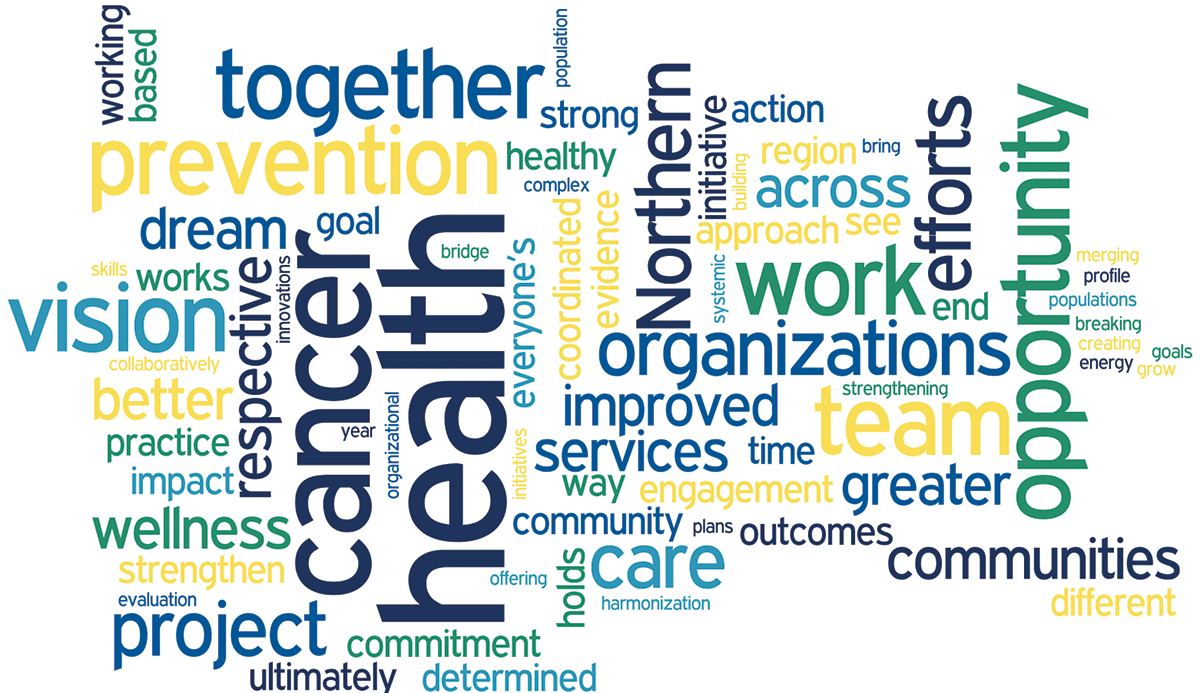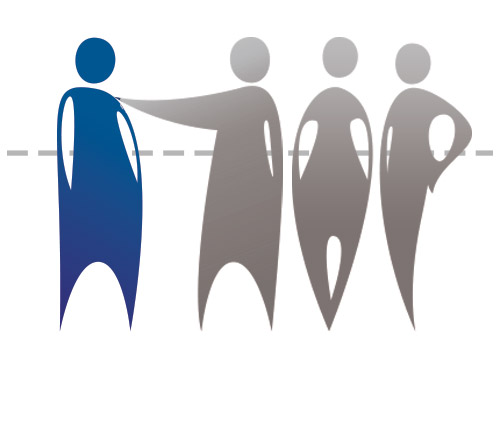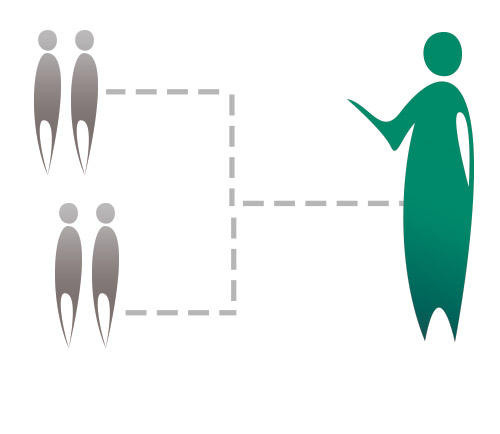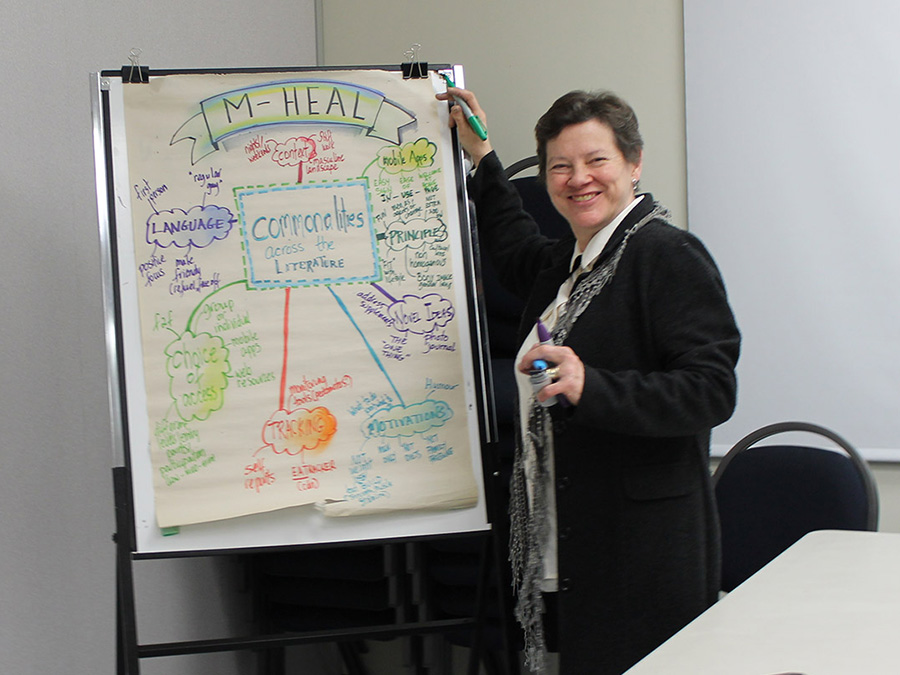Getting Started
Vision, Leadership & Team Building
The foundation of any collaborative endeavour is the vision that drives it, the leadership that moves it, and the team that supports it. A clear vision for the project and leadership capable of maintaining team direction are critical for success.
Building relationships
Like bridge engineers who make sure all the supports for the bridge are in place, developing trust in a shared vision takes time but will produce a strong foundation for moving collaborative work forward.
what is meant by “vision”
Collaboration begins with a vision for the project. A shared vision is essential to guide project strategy. For example, a team member on the Harmonization Project provided feedback: “We’ve been doing cancer prevention work for so long in our different ways, all we needed was a combined project to work on together, with strong shared leadership – to really make an impact in our communities.”
The vision may exist from the outset or it may be developed through collaboration. The essential components of a shared vision are listed below.
It is based on the common interests of all partners.
It is mutually agreed upon.
It includes a meaningful goal.
Once the vision is clearly articulated and agreement is achieved, partners must then decide on a suitable leadership structure.


Leadership Structures
Collaborative leadership offers alternative approaches to traditional structures. Successful collaborative leaders balance power sharing and control, while fostering trust and maintaining direction.
Lead Agency

Click for more details
One organization can provide project leadership with the agreement of the collaborative partners. When working together to create a collective impact, this is often referred to as the backbone organization.
Dedicated Administrator

Click for more details
A separate administrative organization can provide oversight to the entire project. For example, an outside individual or entity can be hired to manage the collaborative.
Shared Governance

Click for more details
This approach shares leadership responsibilities between partner groups and can help to promote feelings of equality, but may be difficult when the collaboration involves more than 5 or 6 partners. The use of an advisory board or steering committee composed of representatives from all agencies is one example of a shared leadership structure.
Stories and Sharing
Even at the proposal stage there wasn’t a real focus on how we develop a new resource… how we decide who pays for that. And that discussion didn’t take place, partly because well, it wasn’t required for the grant proposal and we were focused on the proposal. And it didn’t come up until we met our first challenge about who was going to pay for the informational pamphlets to provide to patients. So thinking about that in advance would have been helpful. In the future, financial considerations could be included in a memorandum of understanding.
Team Building
The ability to recruit and retain partners with the desired skills and resources is key to effective collaborations and the development of mutually agreed upon principles.
Have a vested interest
Can provide a different perspective
Represent an aspect of the work
Team Building Strategies
The following strategies can be used to help build an effective team.
Click on the tabs to see these strategies…..
 Be inclusive and diverse
Be inclusive and diverse
Develop and maintain an inclusive approach to partnership. Diversity is a large part of why collaborative strategies are successful. As work progresses, remain open to seeking additional partners.
 Develop clear roles and responsibilities
Develop clear roles and responsibilities
It is important that all partners have collective understanding of the expected tasks and contributions of the team members and are able to commit to the partnership. Clear roles and responsibilities will also provide members with the structure needed to move the project work forward and will help to ensure accountability. Formal partnership agreements may be desired, or even required.
 Enlist multiple representatives and develop emergent leaders
Enlist multiple representatives and develop emergent leaders
Ensure that there is more than one representative from each partner organization. This can help alleviate the impact of team or staff turnover. Cultivating and developing leadership potential among partners is also important for moving forward in the event that the group experiences change in leadership.
Team Building Strategies
The following strategies can be used to help build an effective team.
Click on the tabs to see these strategies…..
 Be inclusive and diverse
Be inclusive and diverse
Develop and maintain an inclusive approach to partnership. Diversity is a large part of why collaborative strategies are successful. As work progresses, remain open to seeking additional partners.
 Develop clear roles and responsibilities
Develop clear roles and responsibilities
It is important that all partners have collective understanding of the expected tasks and contributions of the team members and are able to commit to the partnership. Clear roles and responsibilities will also provide members with the structure needed to move the project work forward and will help to ensure accountability. Formal partnership agreements may be desired, or even required.
 Enlist multiple representatives and develop emergent leaders
Enlist multiple representatives and develop emergent leaders
Ensure that there is more than one representative from each partner organization. This can help alleviate the impact of team or staff turnover. Cultivating and developing leadership potential among partners is also important for moving forward in the event that the group experiences change in leadership.


Useful Tools
Memorandum of understanding
- The CDC developed a sample memorandum of understanding template as part of its Collaboration Guide for Pacific Island Cancer and Chronic Disease Programs available here: http://www.cdc.gov/cancer/ncccp/pijcollaborationguide.htm


